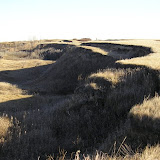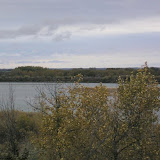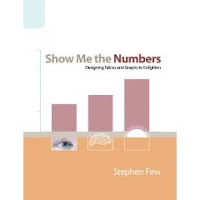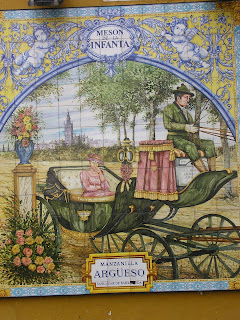Prairie Gold

As the year draws to an end, I have been counting my blessings. This has been a very good year for me. I have been healthy and strong and full of energy. I have a solid network of family and friends who sustain and support me. My apartment has become a comfortable home with the addition of new flooring and new furniture. 2009 has been a year of discovery and learning and beauty: I have moved outside my comfort zone in networking and promoting my freelance business. I spent three glorious weeks in Spain studying architecture and design, trying my best to learn a new language, and exploring a new culture completely on my own. I have taken thousands of photographs and even gave a slide show about Spain at the public library. I have read voraciously on so many different subjects - creativity, economics, politics, and more. I am learning new computer skills, so essential in our current age. I developed a professional website and started using Google Reader and Del...
























